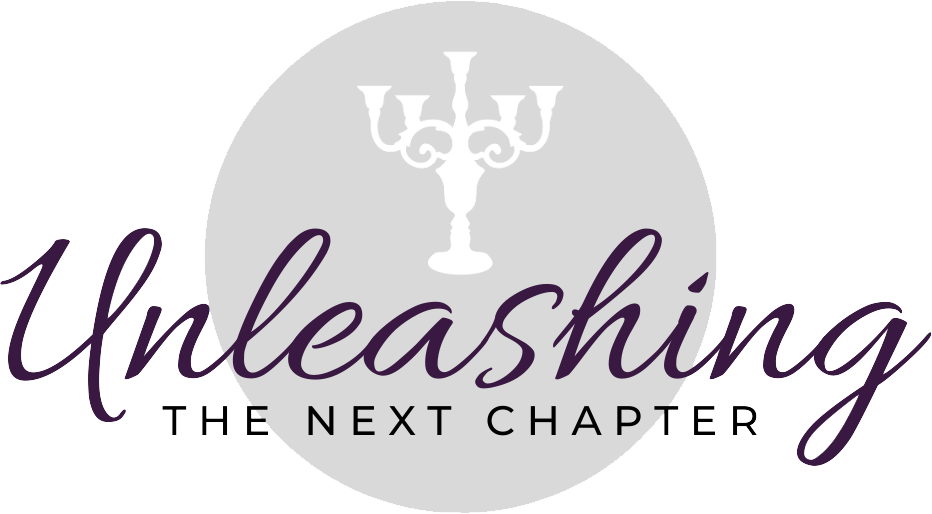It happened again. I haven’t been posting on social media about migraine attacks, or nerve pain, or falling for two reasons:
- I’ve been focused on using social media for writerly efforts and managing two other social media accounts and have gotten rather handy at scheduling my posts a week or month in advance, and
- because I got tired of comments from well meaning family and friends …
- “have you tried xxx?–it worked for my neighbor’s aunt,”
- “you’re always sick, your posts depress me,”
- “you really need to talk to your doctor, surely she can prescribe something– have you tried excedrin? the commercials say…”
- “have you prayed about it, I mean really prayed and cried out to God?”
- “I didn’t invite you/ask you to do xxx because I didn’t want you to overdo and trigger another headache,”
- “did you hear about the new medicine just released?”
- “you can’t be sick all the time…”
- “have you tried counseling? maybe you’re just depressed or …”
I love my people. I really do. And I KNOW they mean well. I have learned to stop talking about chronic migraine, and have become one of those people–the fakers–the ones who fake being healthy. You might be amazed how many of us with invisible illnesses and chronic disabilities practice this form of deception. Living life on social media makes it pretty easy, actually, because Facebook, Twitter, Instagram, Snapchat, Pinterest (you get the idea) are actually “hightlight reels not real life,” as Amy Landino recently said.
But these past few weeks have been pretty bad. I’ve dealt with either one massively long migraine attack, or back to back overlapping attacks, complete with (this may be TMI–you’ve been warned) vertigo, nausea, vomiting, diarrhea, light/sound/odor-sensitivity, allodynia (that’s oversensitivity to touch–my skin hurt), insomnia… gloom, dispair, and agony on me… (the guys from HeeHaw were describing migraine, and drinking moonshine to self-medicate–just saying).
Thursday night, I got caught. My best friend from college surprised me and came into town from out of state on the way to her mom’s 75th birthday party. We haven’t been together in almost four years, although we talk regularly. I couldn’t get out of bed. I was so upset and didn’t want to miss her. She was literally going to be driving by within a block of my home. But this is what real friends do… she came anyway, gently let herself in, leashed up my service dog and sent him out for a break with her teenage son, and sat with me, visiting quietly in the dark for almost an hour. Before leaving she made sure I had enough saltines and ginger ale handy, and asked if I needed anything else. Then she quietly said good-bye and let herself out.
Here’s what I’ve learned from her example–Reina knew what I needed and what to do because she has witnessed me through thirty years of friendship and migraine. She has been with me when the attacks were triggered suddenly, when they came on slowly, and through all four phases of the attacks. And as she said, people just can’t imagine if they don’t live it.
So how will people know when so many of us fake healthy? Thankfully, there are people who get it. Friends, family, doctors, researchers, and those whose migraines are better managaged, and this week, many of those wonderful people are in Washington DC, educating and lobbying lawmakers. Headache on the Hill, “This is an annual lobbying event in Washington DC, organized by the Alliance for Headache Disorders Advocacy (AHDA).”
I have been watching the events unfold on Twitter, using #HOH2019. And from my bed, I did what I knew to do yesterday; I retweeted, shared, and encouraged those in DC who are working on behalf of the millions like me. You may be asking why those with headache disorders need to lobby lawmakers. Here’s the “Quick Facts” from the ADHA website:
-
Headache disorders cause more than 1 percent of all disability and 9 percent of all lost labor in the US every year.
-
Migraine is the #1 cause of US neurological disability, and #10 cause of all US disability.
-
Headache disorders are the most prevalent neurological disorders, affecting more than 90% of all Americans.
-
The US annual direct and indirect economic costs of headache disorders exceed $31 billion.
-
NIH funding for all research on headache disorders was < 0.07% of the 2016 NIH budget ($24M)
In frustration, feeling like others were fighting my battle, I asked what can others like me do to advocate from home.

Amaal Startling, M.D. responded, and then I went to the AHDA website and learned more. I had already tweeted my senators and representative, I have written letters, I do blog and use social media to advocate, and will continue to do so.

But I also have another secret weapon in this fight. He’s my guardian angel in black fur, my service dog Gizmo. He was specifically chosen and trained to do mobility/stability work for me after my strokes. We were so grateful to discover that he also had a knack for alerting to oncoming neurological events. He has a 98% accuracy rate in that when he alerts, only 2% of the time is he wrong, and I would suggest those times I may have misread the alert.

In the case of strangers who see me with a service dog, but ask, “why do you have a service dog, you look normal?”, Gizmo is the perfect icebreaker and educational tool. People are fascinated by dogs, and that gives me the perfect opportunity to do a little educating and advocating. I get to tell them that I may look “normal” that day, but the fact is I’m a five time stroke survivor, and I’ve fought migraine for almost forty years, since I was a tweenager. The migraine with aura was a risk factor for stroke we know now, and the strokes turned my episodic migraine attacks into chronic migraine attacks.
The thing that confuses many people is that we can have a migraine attack with no headache. Did you know that headache is only one of the symptoms of migraine? Migraine is not just a bad/more severe headache, either. It’s a genetic disease, not a degree of pain. Some days I have the light sensitivity, vertigo, nausea, etc., but no headache. My son suffered abdominal migraines as a child, and fortunately due to my migraine history was able to see a pediatric neurologist who treated him well. As an adult, he now deals with common migraine only on occasion.
So here it is, my small contribution to the efforts in Washington DC today and tomorrow where advocates who spent their own money on transportation and accomodations, many taking personal time off work, are lobbying on behalf of many like me who are home trying to function with the varied symptoms of whatever headache disorder we fight. Please take time to learn more about migraine and other headache disorders. Please learn what NOT to say to someone who is just trying so hard not to vomit on your shoes. Please share what you are learning, encourage #HOH2019, write your congress-people, and don’t assume “it’s just a bad headache.”
To learn more about the 2019 NIH HEAL initiative that Headache on the Hill advocates are striving to get their representatives and senators to sign on to, go here, and click on the red links.
Someone you love lives with a headache disorder. Do it for him or her. Do it for me. Thank you.



Hi, Kathryn, I used to suffer migraines and therefore have an understanding and sympathy for what you go through. To the larger topic of “You look so normal”, a good friend of mine has MS. She looks normal, too, until the weather changes or she over packs her schedule (she’s a Triple A personality), or her voice gets gravelly, or her mind wanders and can’t focus because she’s tired. Easy for us who are hale and hearty to dismiss these conditions that we can’t understand. Also, unkind and disrespectful.
While I sympathize with your struggles, let me thank and applaud you for bringing legitimate disabilities to light to that we can all learn to be supportive and helpful.
Hugs to you and Gizmo, your warrior hero.
Thank you, Michelle!
You are amazing, yes you go through lots. I honestly cannot imagine how you do all you do. I get inspired with every read by you. All the best to you, gizmo and the family